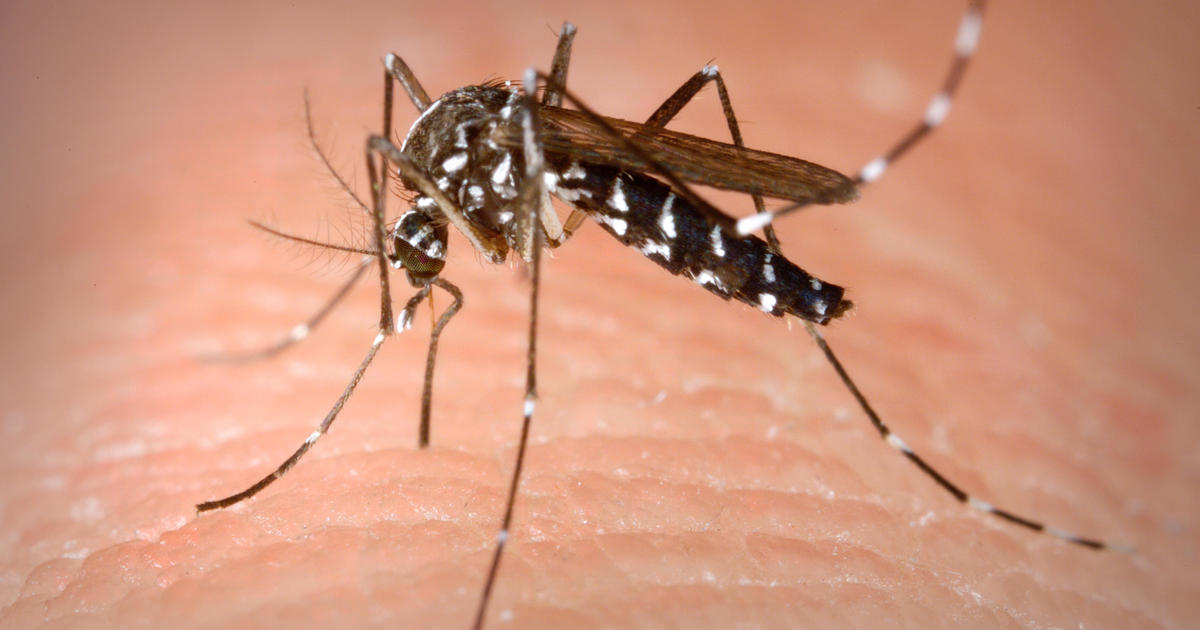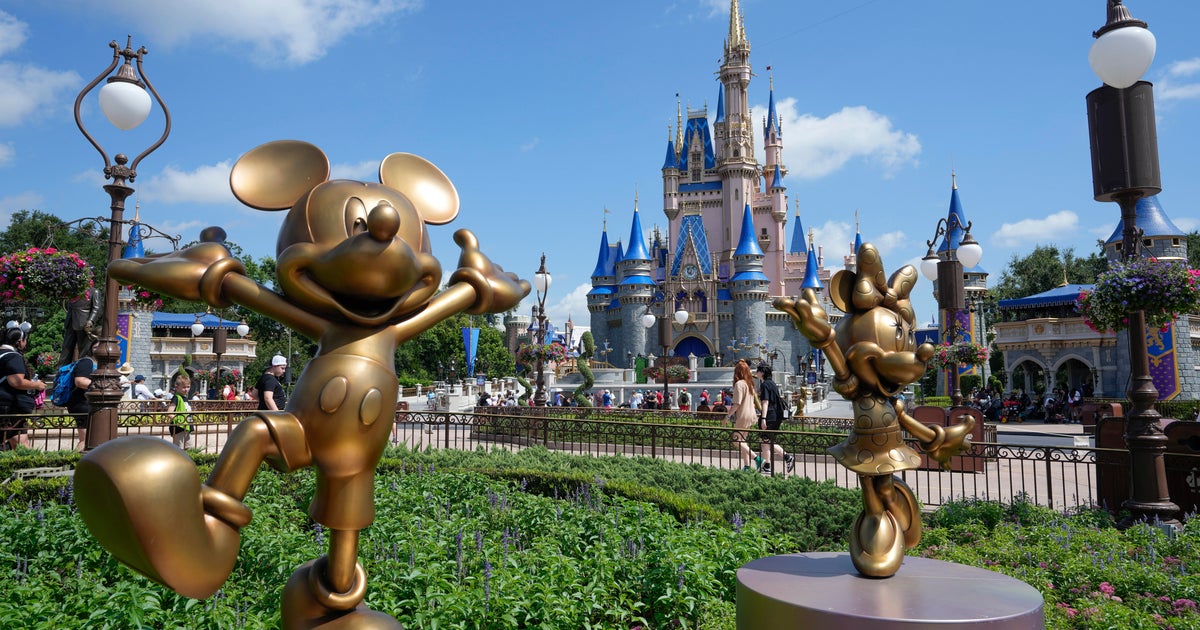Laundry 101
If it's your first time looking for a washer and dryer, or you haven't shopped in a long time, the array of choices and options now might have your head spinning. In reality, it's not that complicated when you have a few simple tips to decide what is and isn't important for you.
First of all, washers and dryers tend to last for a long time. Hard-working washers have a lot of moving parts, the pump for water, even gears and tend to last eight to ten years or so. Dryers usually last longer, because they're relatively simple compared to the washer. A dryer will most likely last twelve years or more. So you're making a long-term choice here. Before you even start thinking about specifics, think first about space.
Where do you want to put the washer and dryer?
Full-sized models are usually 27" wide, with some compacts are usually 24". If your laundry area isn't wide enough for a side-by-side pair, there are stackable options - taller, but less space on the floor. Remember to leave some room for ventilation. Also, see what kind of power and/or gas connections you have. Washers need the water piped in and drained out, and a standard electrical outlet. Dryers are more complicated and you will need venting outside for exhaust. Gas dryers need a gas line and a standard outlet. Electric dryers need a 220 outlet. That gives the heating capacity you need.
How much laundry do you do every week?
If you're a solo apartment or condo dweller, you may be fine with a smaller capacity unit. If you have a big family this means lots of laundry, and then you want a larger capacity set. Remember, smaller means more loads - which drives up your utility cost. Capacity of washers and dryers is measured in cubic feet. Washer capacity has gone up over time. The average capacity is between 3.2 and 5 cubic feet. Matched sets have dryers that work well with the washer, but if not purchased together, a good rule of thumb is having a dryer that's about double the capacity of the washer which will give your wet clothes room to dry.
Before you get your heart set on a really large washer and dryer, there's something else to think about first: How wide are your doors? Some washers are jumbo-sized, which is great for fewer loads, but they may not fit through your laundry room doors.
How much do you want to spend?
There are good choices in all price ranges, and you may never use the bells and whistles that come with higher end models. When you spend more, you'll get options like more cycles auto-load sensing, moisture sensors for dryers, steam settings to help remove wrinkles and sanitize clothes, LCD displays, and even Wi-Fi!
There are a lot of differences between top and front-load machines. Mostly, the top-load opens at the top, and has a deeper well for clothes to be submerged, while front-loaders use less water since the water stays in the bottom of the well while the clothes move through it. Top-loading washers with central agitators tend to make up most of the less expensive washers and they clean clothes really well. Front-loading models tend to be more expensive, take up more space, but use less water.
A lot of people began moving to the front-load machines because they do save money on water. They were designed to be more energy efficient and they do a great job for most laundry needs. If you have really dirty clothes, like kid clothes with grass stains or from for a husband that works construction, there's just no substitute for being able to have those dirty clothes deep in soapy water. A lot of people have come back to top-loaders, especially since many models now have energy-efficient deep tubs. These can use less water but still allow soaking. If you choose a deep tub, be aware that means a longer reach into it - the shorter you are, the more that's going to be a stretch.
Top-loaders are the biggest sellers. Those with an agitator tend to clean better with a spindle that goes up the middle and helps move the clothes around in the water. They're also a little harder on the clothes because of the contact. Those top-loaders with an impeller, which is a rotating hub creating turbulence and currents in the wash water, have higher capacity in the same size. There's no spindle taking up space, so there's no direct contact with the clothes. That's easier on the clothes, thou not quite as efficient as an agitator in cleaning them. Most high-efficiency top-loaders use an impeller.
If space limitations side-to-side mean you need a stackable washer and dryer, you're limited, obviously, to front-loaders. Stackable doesn't have to mean smaller. There are full-size, 27" wide usually, front-loaders that you can stack using a bracket. You'll have the full capacity of a regular front-loader, just a much smaller footprint. Other stackables are one unit, with a solid side, and all controls on top. They're designed for smaller spaces like condos or apartments or inside a closet. They're about 24" wide and 2.6 cubic feet is considered standard capacity for an all-in-one stackable. They are great for smaller spaces, or maybe upstairs laundry, too.
Above content provided by BrandsMart USA



